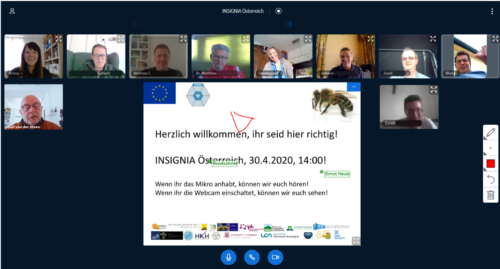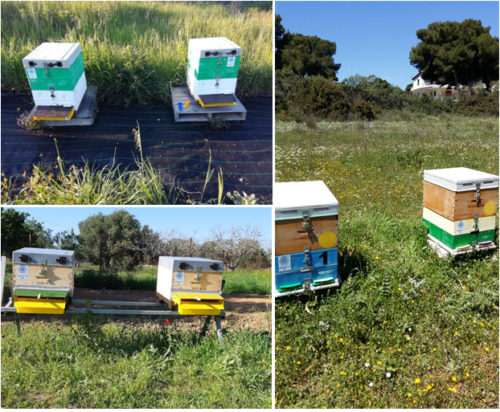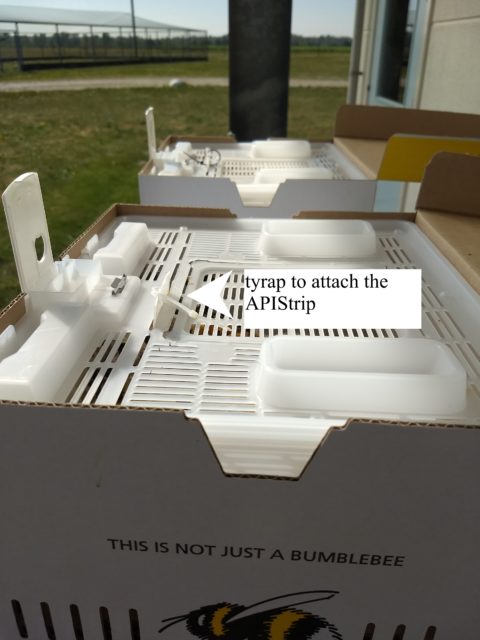
Many people have been asking about the APIStrips, which are a key feature of the INSIGNIA project. A paper describing the strips has now been published in the journal: “Science of the Total Environment” written by María Murcia-Morales and Amadeo Fernández-Alba from the University of Almeria, Spain, and colleagues from Denmark and the Netherlands.
Honey bee colonies have been shown to be effective bio-samplers of contamination within their foraging area, as organic compounds such as pesticides will be continuously deposited in their hives. The use of honey bee colonies for the biomonitoring of contaminants usually requires the sampling of biological materials from the hives such as bees, pollen, honey or beeswax. “Active” sampling in this way will inevitably affect the colonies, especially if the sampling is at regular intervals. As an alternative, the team at the University of Almeria devised the APIStrip (Adsorb Pesticide In-hive Strip). This a non-biological sampler which consists of a plastic strip coated with Tenax TA, a stable material which is exceptionally effective at adsorbing pesticide residues. A process of dissolving the Tenax in a solvent before coating the strips ensures that the bees cannot remove it. The pesticides and related contaminants adsorbed onto its surface can then be extracted and analyzed by chromatography and mass spectroscopy. It has been found that a 14 day exposure of the strips is optimal, and that the pesticides collected on the strip are stable. In the first year of the INSIGNIA Project, 2019, the APIStrips were compared with another passive device, the Beehold Tube, and two hive products, pollen and beebread. The APIStrip was found to be the most effective in collectring pesticide residues. Field studies in Denmark, over a six month period demonstrated their value and applicability by detecting 40 different pesticides.
In the 2020 study, APIStrips are being used in two honey bee colonies at nine sites in each of nine countries: Austria, Belgium, Denmark, France, Greece, Ireland, Italy, Latvia and the UK, and in bumble bee colonies in the Netherlands. The results for pesticide residues will be combined with information about the crops and wild plants on which the bees have been foraging using trapped pollen analysed using a DNA metabarcoding technique. Pollen samples and APIStrips were collected from the bee colonies last weekend, the first of ten scheduled sampling periods in 2020.
The paper: “APIStrip, a new tool for environmental contaminant sampling through honey bee colonies” is available here: https://www.sciencedirect.com/science/article/pii/S0048969720324657














